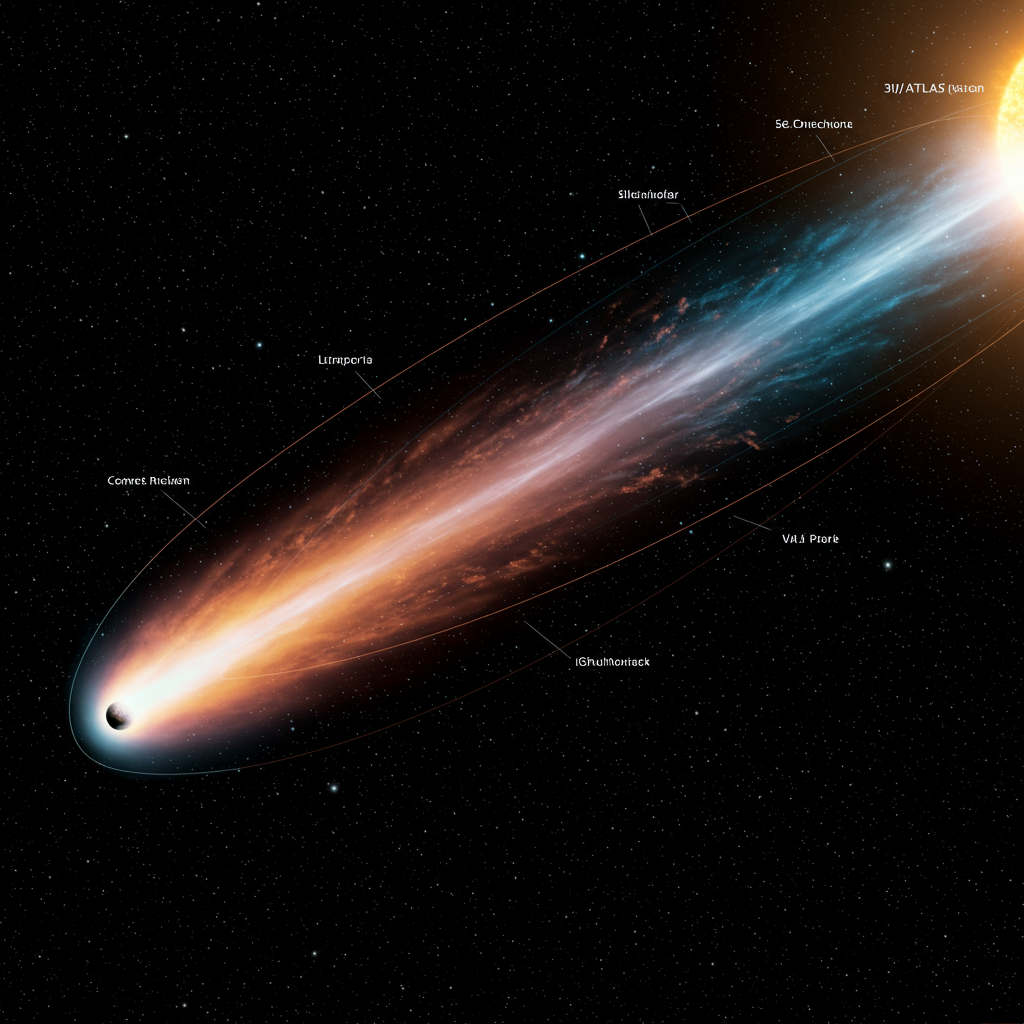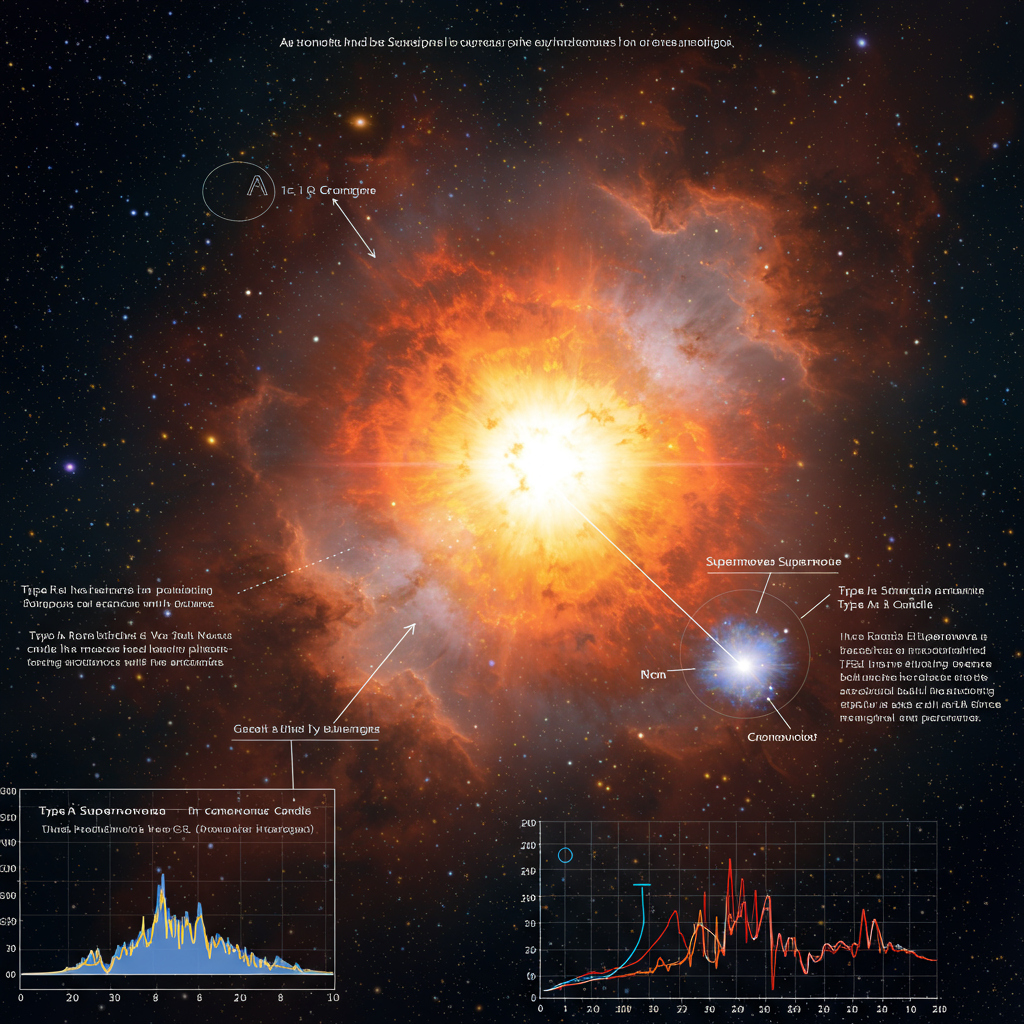Space is full of surprises, but few are as baffling as a powerful signal emanating from a spacecraft that has been silent for nearly 60 years. Astronomers recently detected an intense, fleeting radio pulse traced back to NASA’s Relay 2 satellite, a relic of the early Space Age that has been defunct since 1967.
The unexpected burst briefly outshone virtually everything else in the sky, posing a significant mystery for scientists. How could a dead piece of metal in orbit generate such a powerful signal decades after its systems failed?
A Signal from the Past: NASA’s Relay 2 Satellite
Launched in 1964, Relay 2 was an experimental communications satellite, part of an early NASA program that included Relay 1, notable for facilitating the first live TV broadcasts between the US and Europe/Japan. While Relay 2 had a relatively short operational life, ceasing standard use by 1965 and with its electronics fully failing by 1967, its metal hull remained in orbit, circling Earth as another piece of space debris. It had not been heard from in any capacity since the late 1960s, leading to the assumption that it was truly “dead.”
Detection by ASKAP: A Nearby Mystery
The powerful pulse was detected on June 13, 2024, by researchers using the Australian Square Kilometer Array Pathfinder (ASKAP) telescope array in Western Australia. This advanced instrument is typically used to scan the distant universe for phenomena like fast radio bursts (FRBs), which usually originate from faraway galaxies.
However, this particular signal was different. While incredibly intense – lasting less than 30 nanoseconds but described as “vastly outshining” other sky objects during that micro-moment – it was traced not to deep space, but to Earth orbit. The signal was so close, within 20,000 kilometers, that ASKAP’s individual telescopes, designed for focusing on cosmic distances, struggled to pinpoint it simultaneously, much like a camera failing to focus on an object too near its lens.
Led by astronomer Clancy James at Curtin University in Australia, the research team meticulously traced the signal’s origin. Comparing the timing and location with known satellite positions, NASA’s derelict Relay 2 was identified as the only plausible source. Given the satellite’s long-confirmed defunct status and the signal’s characteristics, the possibility of a deliberate transmission was quickly ruled out.
Unlocking the Mystery: Potential Causes
With Relay 2 clearly non-operational, scientists have proposed external physical mechanisms that could have triggered the radio emission. Two primary hypotheses are detailed in the team’s research paper, which has been accepted for publication in The Astrophysical Journal and is available as a preprint:
- Micrometeorite Impact: A collision with a tiny space rock could have created a brief cloud of plasma around the satellite. This ionized gas could alter the electrical properties of the surrounding space or generate a transient electric field on the satellite’s surface, potentially leading to a radio-frequency emission. While micrometeoroid impacts are common, detecting their radio signature is less so.
- Electrostatic Discharge (ESD): Satellites in orbit can accumulate significant electrostatic charge over time due to interaction with the space environment. A sudden, rapid release of this built-up energy, essentially a large spark, could produce a powerful radio pulse. The researchers consider this scenario “more likely,” suggesting that Relay 2, as an early spacecraft, might have design features or material properties that facilitated greater charge accumulation. Electrostatic discharges are a known source of radio pulses.
Distinguishing between these two scenarios based solely on the detected radio signal is challenging, as the resulting emissions could be quite similar. Karen Aplin, a professor of space science and technology not involved in the study, noted this difficulty but highlighted the significant potential of this detection method.
Implications for the Future of Space
The detection of this powerful radio pulse from a decades-old defunct satellite has implications beyond just a historical anomaly. Scientists suggest that monitoring such events via radio detection could offer a valuable new technique for evaluating electrostatic discharges in space.
In an increasingly crowded orbital environment filled with space debris and a growing number of small, potentially less protected satellites, understanding and monitoring electrostatic events is crucial for spacecraft safety and longevity.
While Relay 2’s burst isn’t a sign of a full operational revival akin to a “zombie satellite” returning to life (like historical cases such as Intelsat’s Galaxy 15 or AMSAT-OSCAR 7 which unexpectedly reactivated), the event underscores the complex and sometimes unpredictable ways that aging technology interacts with the harsh space environment. The mystery of the Relay 2 pulse serves as a compelling reminder that even “dead” spacecraft can still have tales to tell.




